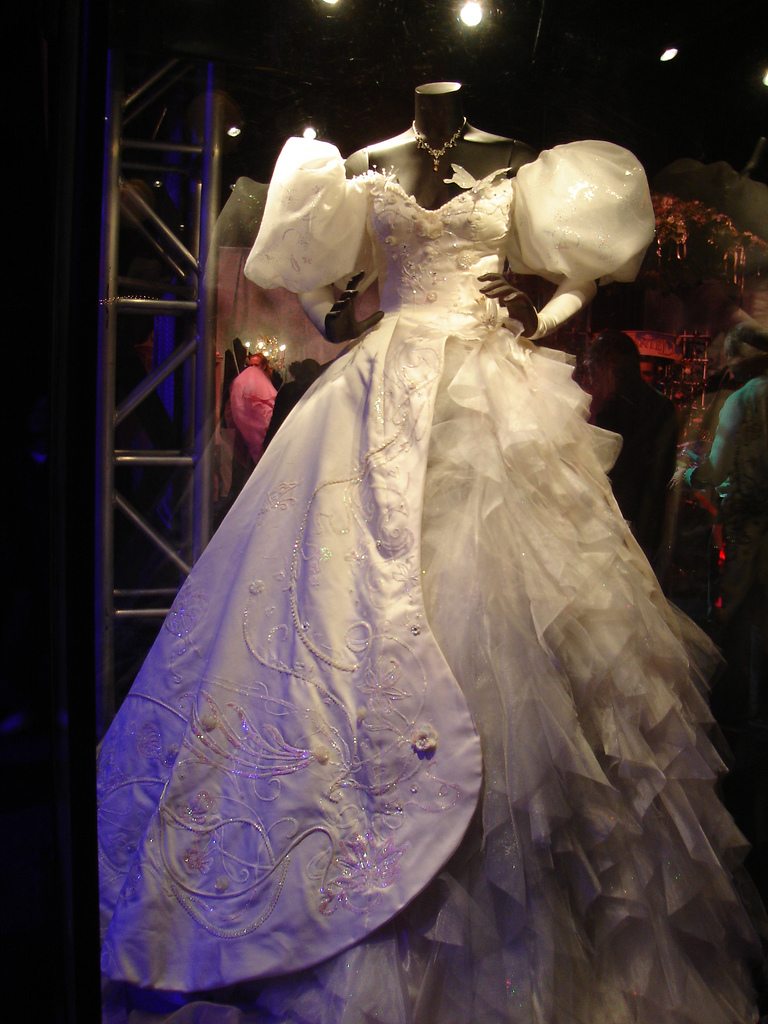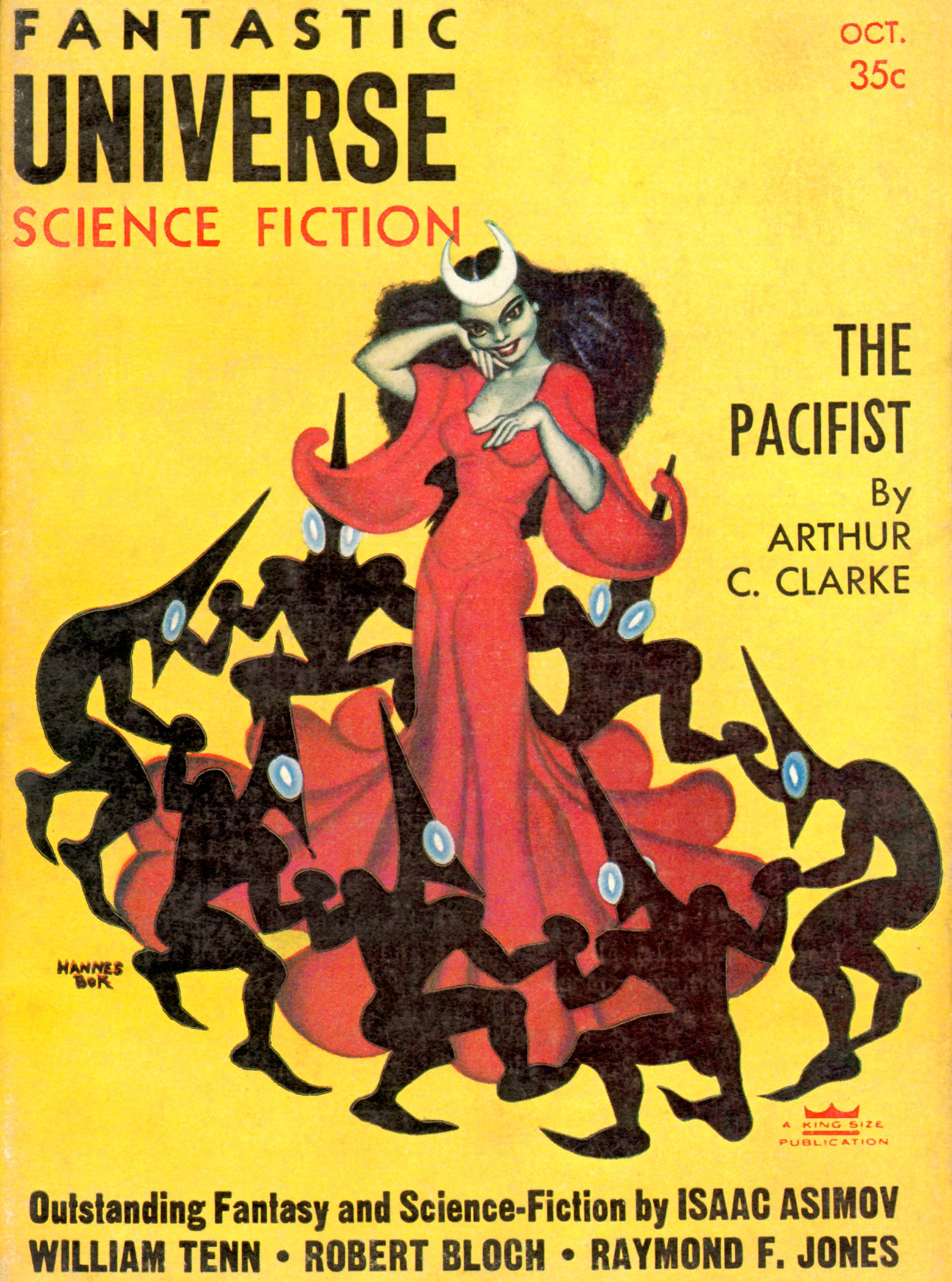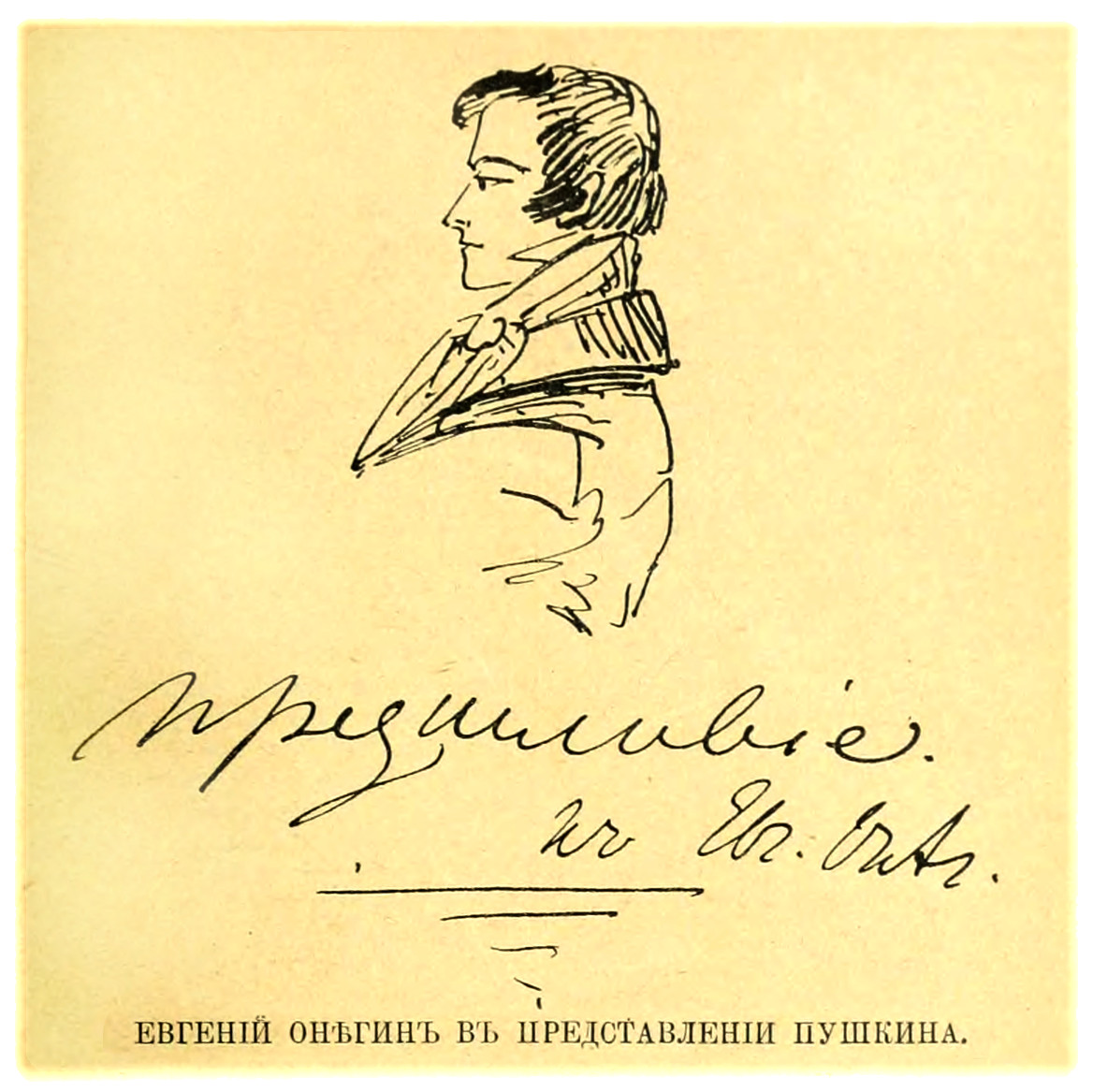|
Self-parody
A self-parody is a parody of oneself or one's own work. As an artist accomplishes it by imitating their own characteristics, a self-parody is potentially difficult to distinguish from especially characteristic productions. Self-parody may be used to parody someone else's characteristics, or lacking, by overemphasizing and/or exaggerate one's own. Overemphasis can be made for the prevailing attitude in their life's work, social group, lifestyle and subculture. Including lines and points made by others or by the recipient of the self-parody directing it to a parody of someone else which that other person is likely to remember and can't de-emphasize without frustration. Sometimes critics use the word figuratively to indicate that the artist's style and preoccupations appear as strongly (and perhaps as ineptly) in some work as they would in a parody. Such works may result from habit, self-indulgence, or an effort to please an audience by providing something familiar. An example ... [...More Info...] [...Related Items...] OR: [Wikipedia] [Google] [Baidu] |
Enchanted (2007 Film)
''Enchanted'' is a 2007 American musical fantasy romantic comedy film directed by Kevin Lima and written by Bill Kelly. Co-produced by Walt Disney Pictures, Josephson Entertainment and Right Coast Productions, the film stars Amy Adams, Patrick Dempsey, James Marsden, Timothy Spall, Idina Menzel, Rachel Covey, and Susan Sarandon, with Julie Andrews as the narrator. It focuses on an archetypal Disney princess-to-be exiled from her animated world into the live-action world of New York City. The film is both a homage to and a self-parody of Disney's animated features, making numerous references to past works through the combination of live-action filmmaking, traditional animation, and computer-generated imagery. It also marks the return of traditional animation to a Disney feature film after the company's decision to move entirely to computer animation in 2004. Composer Alan Menken and lyricist Stephen Schwartz, who had written songs for previous Disney films, wrote and pro ... [...More Info...] [...Related Items...] OR: [Wikipedia] [Google] [Baidu] |
Parody
A parody, also known as a spoof, a satire, a send-up, a take-off, a lampoon, a play on (something), or a caricature, is a creative work designed to imitate, comment on, and/or mock its subject by means of satiric or ironic imitation. Often its subject is an original work or some aspect of it (theme/content, author, style, etc), but a parody can also be about a real-life person (e.g. a politician), event, or movement (e.g. the French Revolution or 1960s counterculture). Literary scholar Professor Simon Dentith defines parody as "any cultural practice which provides a relatively polemical allusive imitation of another cultural production or practice". The literary theorist Linda Hutcheon said "parody ... is imitation, not always at the expense of the parodied text." Parody may be found in art or culture, including literature, music, theater, television and film, animation, and gaming. Some parody is practiced in theater. The writer and critic John Gross observes in his ''Oxford Boo ... [...More Info...] [...Related Items...] OR: [Wikipedia] [Google] [Baidu] |
William Faulkner
William Cuthbert Faulkner (; September 25, 1897 – July 6, 1962) was an American writer known for his novels and short stories set in the fictional Yoknapatawpha County, based on Lafayette County, Mississippi, where Faulkner spent most of his life. A Nobel Prize laureate, Faulkner is one of the most celebrated writers of American literature and is considered the greatest writer of Southern literature. Born in New Albany, Mississippi, Faulkner's family moved to Oxford, Mississippi when he was a young child. With the outbreak of World War I, he joined the Royal Canadian Air Force but did not serve in combat. Returning to Oxford, he attended the University of Mississippi for three semesters before dropping out. He moved to New Orleans, where he wrote his first novel '' Soldiers' Pay'' (1925). He went back to Oxford and wrote '' Sartoris'' (1927), his first work set in the fictional Yoknapatawpha County. In 1929, he published ''The Sound and the Fury''. The following year, he ... [...More Info...] [...Related Items...] OR: [Wikipedia] [Google] [Baidu] |
Media Franchise
A media franchise, also known as a multimedia franchise, is a collection of related media in which several derivative works have been produced from an original creative work of fiction, such as a film, a work of literature, a television program or a video game. Bob Iger, chief executive of the Walt Disney Company, defined the word ''franchise'' as “something that creates value across multiple businesses and across multiple territories over a long period of time.” Transmedia franchise A media franchise often consists of cross-marketing across more than one medium. For the owners, the goal of increasing profit through diversity can extend the commercial profitability of the franchise and create strong feelings of identity and ownership in its consumers. Those large groups of dedicated consumers create the franchise's fandom, which is the community of fans that indulge in many of its mediums and are committed to interacting with and keeping up with other consumers. Large franch ... [...More Info...] [...Related Items...] OR: [Wikipedia] [Google] [Baidu] |
Metaseries
A media franchise, also known as a multimedia franchise, is a collection of related media in which several derivative works have been produced from an original creative work of fiction, such as a film, a work of literature, a television program or a video game. Bob Iger, chief executive of the Walt Disney Company, defined the word ''franchise'' as “something that creates value across multiple businesses and across multiple territories over a long period of time.” Transmedia franchise A media franchise often consists of cross-marketing across more than one medium. For the owners, the goal of increasing profit through diversity can extend the commercial profitability of the franchise and create strong feelings of identity and ownership in its consumers. Those large groups of dedicated consumers create the franchise's fandom, which is the community of fans that indulge in many of its mediums and are committed to interacting with and keeping up with other consumers. Large franchis ... [...More Info...] [...Related Items...] OR: [Wikipedia] [Google] [Baidu] |
Super Sentai
is a Japanese superhero team metaseries and media franchise consisting of television series and films produced by Toei Company, and Bandai, and aired by TV Asahi ("Sentai" is the Japanese word for "task force" or "fighting squadron"). The shows are of the ''tokusatsu'' genre, featuring live action characters and colorful special effects, and are aimed at children. ''Super Sentai'' airs alongside the '' Kamen Rider'' series in the ''Super Hero Time'' programming block on Sunday mornings. In North America, the ''Super Sentai'' series is best known as the source material for the ''Power Rangers'' series. Series overview In every ''Super Sentai'' series, the protagonists are a team of people who – using wrist-worn or hand-held devices – transform into superheroes and gain superpowers – color-coded uniforms, signature weapons, sidearms, and fighting skills – to battle a group of otherworldly supervillains that threaten to take over the Earth. In a typical episode, the her ... [...More Info...] [...Related Items...] OR: [Wikipedia] [Google] [Baidu] |
Toei Company
() (also styled TOEI) is a Japanese film, television production, and distribution and video game developer and publishing company. Based in Tokyo, Toei owns and operates thirty-four movie theaters across Japan (all but two of them operated by its subsidiary, T-Joy), studios at Tokyo and Kyoto; and is a shareholder in several television companies. It is notable for creating animated programming known as anime, and live action dramas known as tokusatsu which use special visual effects. It also creates historical dramas (jidaigeki). Outside Japan, it is known as the controlling shareholder of Toei Animation and the owner of the '' Kamen Rider'' and ''Super Sentai'' franchises. Toei is one of the four members of the Motion Picture Producers Association of Japan (MPPAJ), and is therefore one of Japan's Big Four film studios. The name "Toei" is derived from the company's former name . History Toei's predecessor, the , was incorporated in 1938. It was founded by Keita Goto, CEO ... [...More Info...] [...Related Items...] OR: [Wikipedia] [Google] [Baidu] |
Gekisou Sentai Carranger
is a Japanese tokusatsu television show. It was Toei's twentieth production of the Super Sentai metaseries. It is the second vehicle-themed Super Sentai, preceded by ''Kousoku Sentai Turboranger''. The show was written as a parody of its own franchise. Its action footage was used in ''Power Rangers Turbo''. On January 6, 2017, Amazon set to pre-order ''"Gekisou Sentai Carranger'': The Complete Series" on Region 1 DVD by Shout! Factory and it was released in North America on April 25, 2017. This is the fifth Super Sentai series to be released in North America. In June 2018, Shout! streamed the series on their website. Plot Five workers from the Pegasus Auto Garage discover Dappu, an alien from planet Hazard. He empowers the five with the "Carmagic" power of the five legendary car constellations, transforming them into Carrangers. As Carrangers, the five battle an alien reckless driver gang and prevent them from destroying Earth. Carrangers The Carrangers consist of five emp ... [...More Info...] [...Related Items...] OR: [Wikipedia] [Google] [Baidu] |
The Complete Robot
''The Complete Robot'' (1982) is a collection of 31 of the 37 science fiction short stories about robots by American writer Isaac Asimov, written between 1939 and 1977.Introduction, ''The Complete Robot'', Isaac Asimov Most of the stories had been previously collected in the books ''I, Robot'' and ''The Rest of the Robots'', while four had previously been uncollected and the rest had been scattered across five other anthologies. They share a theme of the interaction of humans, robots and morality, and put together tell a larger story of Asimov's fictional history of robotics. The stories are grouped into categories. Contents * Introduction * Some Non-human Robots ** "A Boy's Best Friend" (1975) ** "Sally" (1953) ** " Someday" (1956), also ''Multivac'' series * Some Immobile Robots ** "Point of View" (1975), also ''Multivac'' series ** " Think!" (1977) ** " True Love" (1977), also ''Multivac'' series * Some Metallic Robots ** "Robot AL-76 Goes Astray" (1942) ** "Victory Unintention ... [...More Info...] [...Related Items...] OR: [Wikipedia] [Google] [Baidu] |
Isaac Asimov
yi, יצחק אזימאװ , birth_date = , birth_place = Petrovichi, Russian SFSR , spouse = , relatives = , children = 2 , death_date = , death_place = Manhattan, New York City, U.S. , nationality = Russian (1920–1922)Soviet (1922–1928)American (1928–1992) , occupation = Writer, professor of biochemistry , years_active = 1939–1992 , genre = Science fiction (hard SF, social SF), mystery, popular science , subject = Popular science, science textbooks, essays, history, literary criticism , education = Columbia University ( BA, MA, PhD) , movement = Golden Age of Science Fiction , module = , signature = Isaac Asimov signature.svg Isaac Asimov ( ; 1920 – April 6, 1992) was an American writer and professor of biochemistry at Boston University. During his lifetime, Asimov was considered one of the "Big Three" science fiction writers, along with Robert A. Heinlein and Arthur C. Clarke. A prolific writer, he wrote or edited more than 500 books ... [...More Info...] [...Related Items...] OR: [Wikipedia] [Google] [Baidu] |
First Law
"First Law" is a science fiction short story by American writer Isaac Asimov, first published in the October 1956 issue of ''Fantastic Universe'' magazine and later collected in ''The Rest of the Robots'' (1964) and ''The Complete Robot'' (1982). The title of the story is a reference to the first of the Three Laws of Robotics. Background In 1941 John W. Campbell of ''Astounding Science Fiction'' began a new department, "Probability Zero", for very short stories. He hoped to publish new writers, but wanted experienced authors early on, including Isaac Asimov. To Asimov's surprise, Campbell rejected " Big Game" and "First Law" in November and December 1941. Having learned that a rejected story might sell elsewhere, he saved "First Law" until it was published by ''Fantastic Universe'' in October 1956. Plot summary The story is very short, only three pages in length, and takes the form of Mike Donovan's account of an incident that occurred on Titan, one of Saturn's moons. He tel ... [...More Info...] [...Related Items...] OR: [Wikipedia] [Google] [Baidu] |
Eugene Onegin
''Eugene Onegin, A Novel in Verse'' ( pre-reform Russian: ; post-reform rus, Евгений Оне́гин, ромáн в стихáх, p=jɪvˈɡʲenʲɪj ɐˈnʲeɡʲɪn, r=Yevgeniy Onegin, roman v stikhakh) is a novel in verse written by Alexander Pushkin. ''Onegin'' is considered a classic of Russian literature, and its eponymous protagonist has served as the model for a number of Russian literary heroes (so-called ''superfluous men''). It was published in serial form between 1825 and 1832. The first complete edition was published in 1833, and the currently accepted version is based on the 1837 publication. Almost the entire work is made up of 389 fourteen-line stanzas (5,446 lines in all) of iambic tetrameter with the unusual rhyme scheme , where the uppercase letters represent feminine rhymes while the lowercase letters represent masculine rhymes. This form has come to be known as the "Onegin stanza" or the "Pushkin sonnet". The innovative rhyme scheme, the natural tone a ... [...More Info...] [...Related Items...] OR: [Wikipedia] [Google] [Baidu] |






